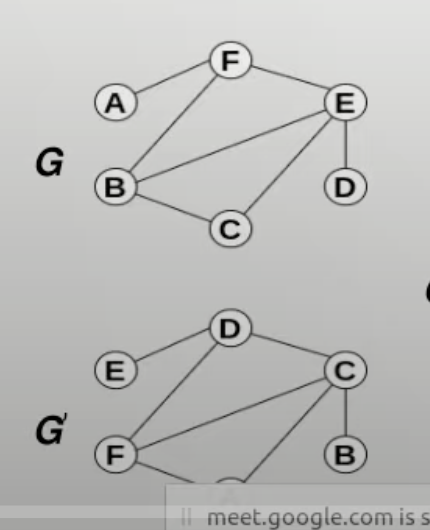good tutorial series: https://pytorch-geometric.readthedocs.io/en/latest/notes/colabs.html
-
solves these types of problems:
- given this social graph, is it the same class as this other social graph?
- given the classes of a few nodes in this graph, predict the class of nodes that don’t have labels
-
Why not just convert the graph into an adj matrix, and use image conv nets?
- https://www.youtube.com/watch?v=CwsPoa7z2c8
- here’s how we’ll construct the features as an adj matrix (for the conv net):
- Each cell in the adj matrix are the feature vectors for edges
- in reality, it’ll be a 3D tensor, since each edge will prob have a feature vector.
- We can also have another matrix for the feature vectors for nodes
- e.g. row i of the matrix represents the features for node i
- Each cell in the adj matrix are the feature vectors for edges
- 2 problems:
-
- if the graph changes (new nodes/edges), we need to retrain the entire neural net
-
- If we change the labels of the graph, we’ll get different adj matrices
-
- here’s how we’ll construct the features as an adj matrix (for the conv net):
- So we need to make a new kind of neural network to solve graph problems
- https://www.youtube.com/watch?v=CwsPoa7z2c8
-
Main problems with GNNs:
- overfitting
- Over-smoothing -
Graph Convolutional Network (GCN) Spectral Graph Convolutions Graph Attention Networks (GATs) (almost always outperforms GCNs) GraphSAGE graph isomorphism network (graph classification problem) Relational Graph Convolutional Networks (R-GCNs) Message Passing GNNs (MP-GNN) Graph Segment Training Graph Auto-Encoders (GAEs) Variational Graph Auto-Encoders (VGAEs) decent video explaining different schemes to incorporate edge features: https://www.youtube.com/watch?v=mdWQYYapvR8
